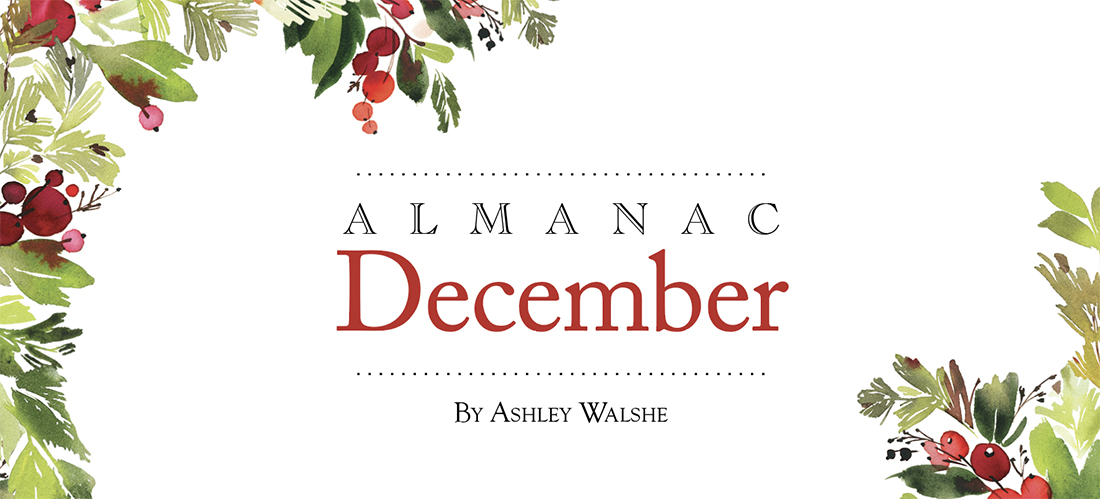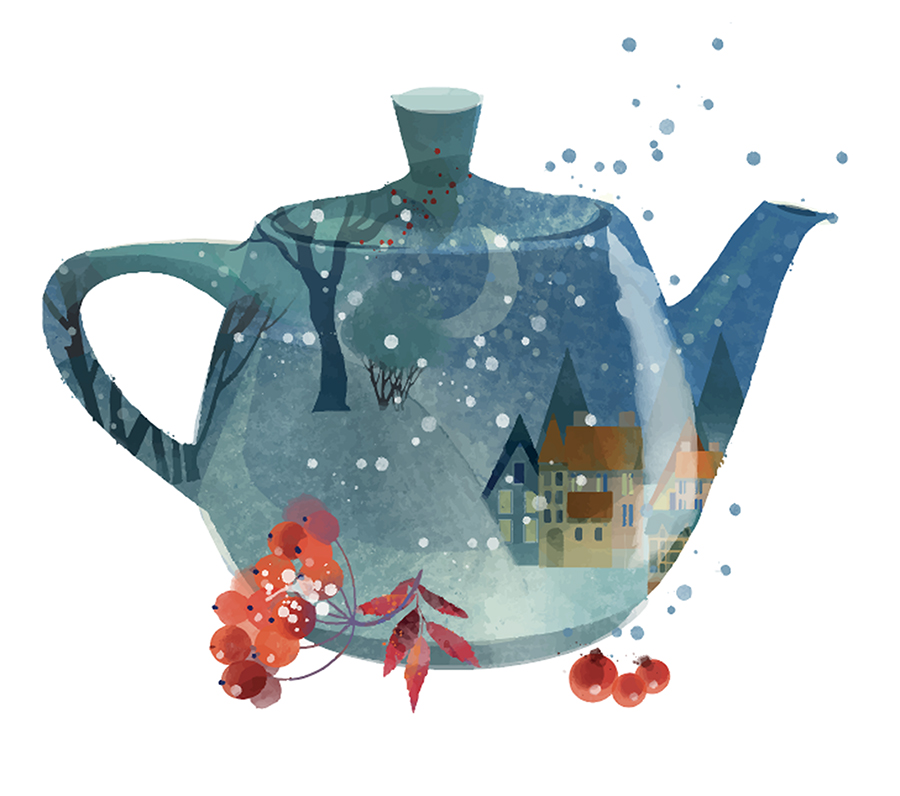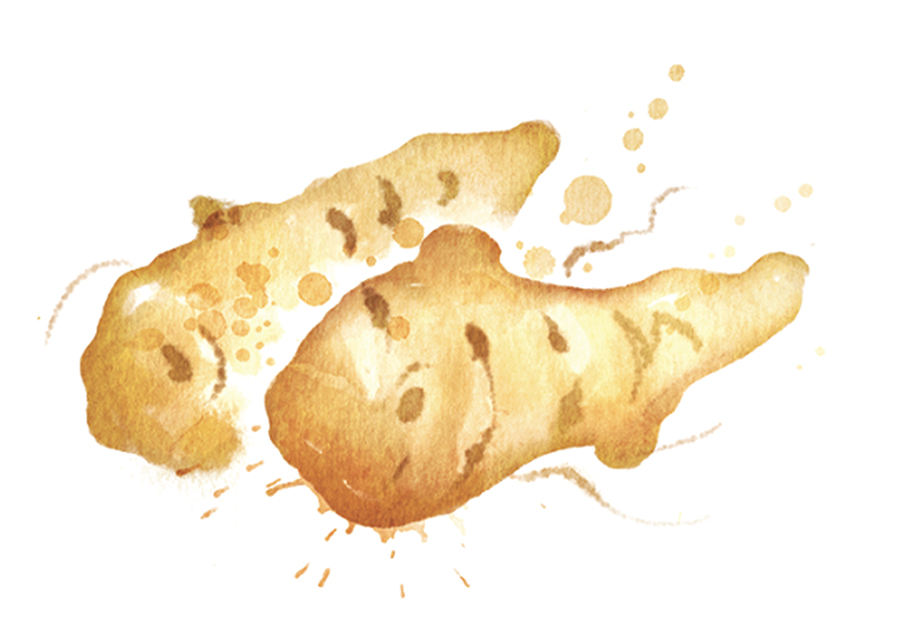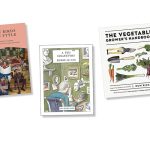

December is a frosted window, a singing kettle, the busying of hands.
Beyond the glass, the breath of winter settles upon the still earth like a blanket of glittering lace. The garden withers. The air grows bitter. The cold sucks the life from the glistening landscape.
Yet, for a few precious hours, the wild ones stir.
As the sun thaws the silvery earth, critters emerge from their hideaways.
Birds flit from feeder to swinging feeder.
Deer feast on turkey tail mushrooms; paw for acorns; chomp on chicory and sunchoke roots.
Mice sniff out seeds. Rabbits munch on winter buds. Hawks watch from the naked trees above.
Inside, time is measured by cups of tea — earthy, dark and sweet. The fire crackles. The kettle sings. Quiet hands ache to make things:
Sourdough loaves studded with walnuts and dried figs.
Gingersnap cookies thick with blackstrap molasses.
Stovetop potpourri swirling with pine, orange and warming spices.
Winter wreaths woven with wild grape and honeysuckle vines.
Beyond the window, night comes early. The air grows frosty. Critters disappear with the dwindling light.
You stoke the fire, tend the kettle, nurture an ancient knowing growing wilder in your winter bones.

Long Nights Moon
The Cold Moon rises on Thursday, Dec. 8. Also called the Long Nights Moon and the Moon Before Yule, this month’s full and luminous wonder will share the limelight with a bright and strikingly visible Mars. With the Red Planet at opposition (meaning the Earth is positioned between it and the sun), Mars will appear brighter than all the stars.
Speaking of lustrous marvels, the Geminids meteor shower will peak on Dec. 13 and 14, illuminating the night sky with up to 120 meteors per hour. As its name suggests, this celestial pageant will emanate from the constellation Gemini, but here’s a hint: Just look up.
The final meteor shower of 2022 happens in tandem with the winter solstice on Dec. 21 — the longest night of the year. Although it’s hardly as eventful as the aforementioned Geminids, a dark sky makes conditions favorable for the Ursids, a minor shower that peaks with up to 10 meteors per hour.
May your nights be merry and bright. And your New Year, full of light.
Someone I loved once gave me a box full of darkness. It took me years to understand that this too, was a gift. — Mary Oliver

Where the Sunchokes Shine
’Tis the season for Jerusalem artichokes, which are not, in fact, from The Holy City. Nor are they artichokes. These tasty tubers, also known as sunroots, sunchokes, wild sunflowers and earth apples, were first cultivated by indigenous peoples. When Italian settlers discovered this yellow-flowering plant, they dubbed it girasole, the Italian word for sunflower. The blossoms do look a bit like sunflowers, but they are actually more like daisies. Anyway, “girasole” became “Jerusalem” over time. You know how it goes.
Assuming the ground isn’t frozen, the tubers can be harvested all winter. Then what?
Scrub them, slice them and toss them with oil and spices.
Roast them until tender. Sauté them with garlic. Pan-fry them with butter and sage. You’ll figure it out.
A root by any other name would taste as savory and sweet. PS





